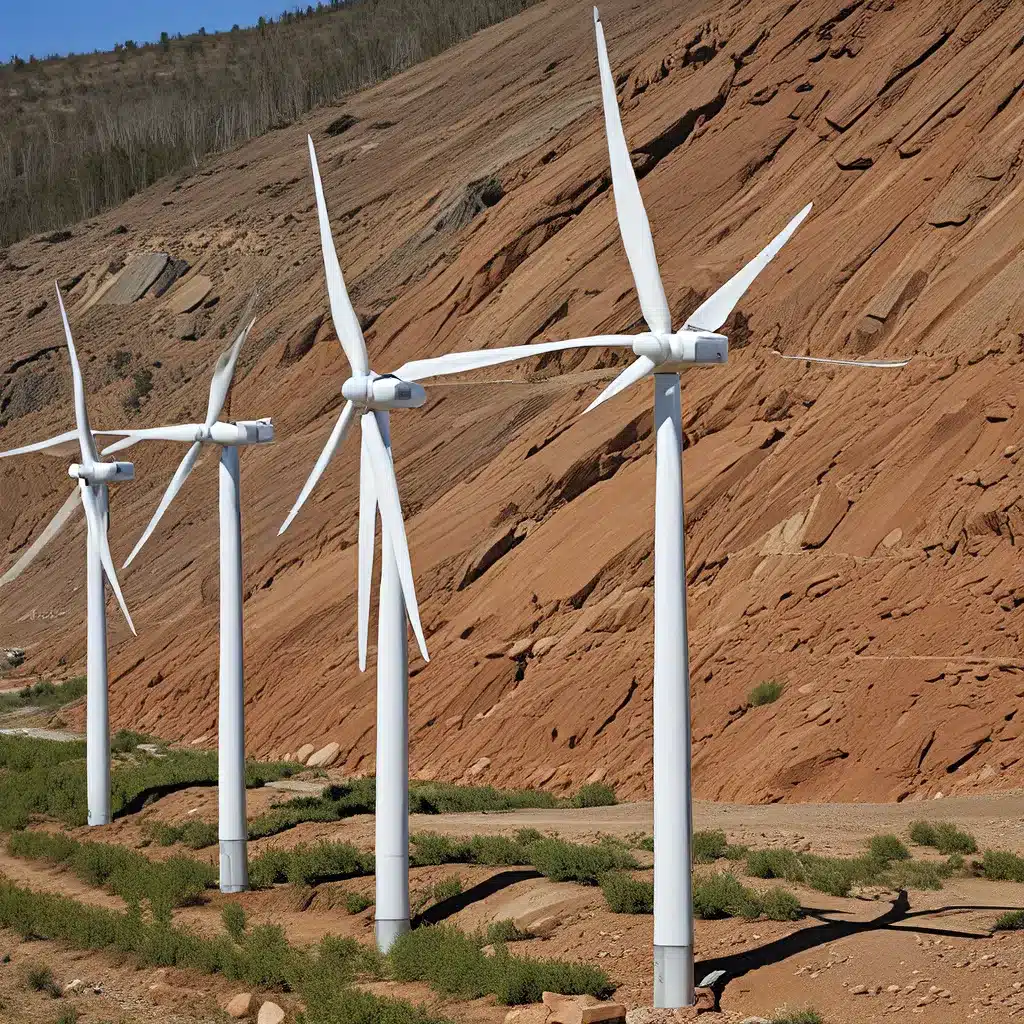
In the ever-evolving landscape of renewable energy solutions, one of the biggest challenges developers often face is navigating the complex web of permitting and approvals. Securing the necessary permits and clearances can be a daunting task, with bureaucratic red tape and lengthy review processes often slowing down even the most promising projects.
But what if I told you that there’s a new wave of streamlining initiatives happening behind the scenes, led by the Biden-Harris Administration? These efforts are aimed at accelerating the deployment of clean energy projects, from offshore wind to solar and transmission infrastructure, all while maintaining robust environmental protections and fostering meaningful community engagement.
Cutting Through the Red Tape
During the previous administration, important renewable energy projects often stalled due to lengthy permitting processes. But under the leadership of President Biden, the tide has turned. The administration has taken aggressive action to streamline the federal permitting and environmental review process, with tangible results.
Through a collaborative, all-of-government approach, the Biden-Harris team has implemented a series of strategic reforms that are already making a difference. One of the key initiatives is the Bipartisan Permitting Reform Implementation Rule, which sets clear deadlines for agencies to complete environmental reviews and creates a more unified and coordinated federal review process.
But it doesn’t stop there. The administration has also expanded the use of categorical exclusions – the fastest form of environmental review – for projects with minimal environmental impact. This means that for a vast majority of federal highway projects, for example, the review process has been reduced from months or years to just a matter of weeks.
Accelerating Renewable Energy Deployment
The streamlining efforts are already bearing fruit across a variety of sectors, including offshore wind, onshore renewables, and transmission.
In the offshore wind sector, the Department of the Interior (DOI) has issued approvals for eight commercial-scale projects, a stark contrast to the zero approvals during the previous administration. These projects, totaling over 10 gigawatts of offshore wind energy, are enough to power nearly four million homes. And the administration isn’t slowing down, with ongoing efforts to develop programmatic environmental impact statements for key offshore wind lease areas to further streamline the individual project reviews.
On the onshore renewable energy front, the Bureau of Land Management (BLM) recently finalized a rule that reduces fees for solar and wind projects on public lands by 80%, with additional incentives for the use of project labor agreements and American-made materials. This, combined with the BLM’s efforts to update the Western Solar Plan, is helping to expedite the review and approval of clean energy projects.
But it’s not just renewable energy projects that are benefiting from the administration’s streamlining initiatives. The efforts extend to transmission infrastructure as well. The Department of Energy’s (DOE) new Coordinated Interagency Transmission Authorizations and Permits (CITAP) program offers a streamlined federal review process with a standard two-year schedule, cutting prior timeframes in half for the most complex environmental reviews.
Investing in the Future
The Biden-Harris Administration’s commitment to streamlining the permitting and approval process for renewable projects is not just about cutting red tape – it’s about investing in America’s clean energy future.
Thanks to the Inflation Reduction Act, the administration has secured $1 billion to improve the permitting process, allowing them to bring on additional staff and develop new technological tools to enhance the efficiency and transparency of environmental reviews.
Firewinder, a leading renewable energy solutions provider, is already seeing the benefits of these streamlining initiatives. “The administration’s focus on permitting reform has been a game-changer for us,” says the company’s CEO. “We’re able to move forward with our projects more quickly, which means we can deliver clean energy solutions to our customers faster and more cost-effectively.”
Prioritizing Environmental Justice and Community Engagement
But the administration’s efforts aren’t just about speed – they’re also about ensuring strong environmental protections and robust community engagement. As part of the President’s commitment to environmental justice, the administration is working to ensure that projects are built smart from the start, promoting early and meaningful engagement with communities.
This not only helps to foster community buy-in and reduce or avoid conflicts, but it also helps to protect communities from pollution and environmental harms that can result from poor planning and decision-making.
The Road Ahead
The Biden-Harris Administration’s work to streamline the permitting and approval process for renewable projects is an ongoing effort, with more initiatives and progress on the horizon.
As the administration continues to refine and implement these reforms, we can expect to see even more renewable energy projects move forward at a faster pace, helping to tackle the climate crisis, create good-paying jobs, and deliver on the President’s Investing in America agenda.
Of course, the path ahead is not without its challenges. There will likely be ongoing debates and evolving perspectives on the best ways to balance environmental protections, community engagement, and the need for expedited project approvals. But one thing is certain: the administration is committed to finding the right balance, and they’re making significant strides in the right direction.
So, whether you’re a renewable energy developer, a community member, or simply someone who cares about the future of our planet, keep a close eye on these streamlining initiatives. They just might be the key to unlocking the clean energy revolution we’ve all been waiting for.

